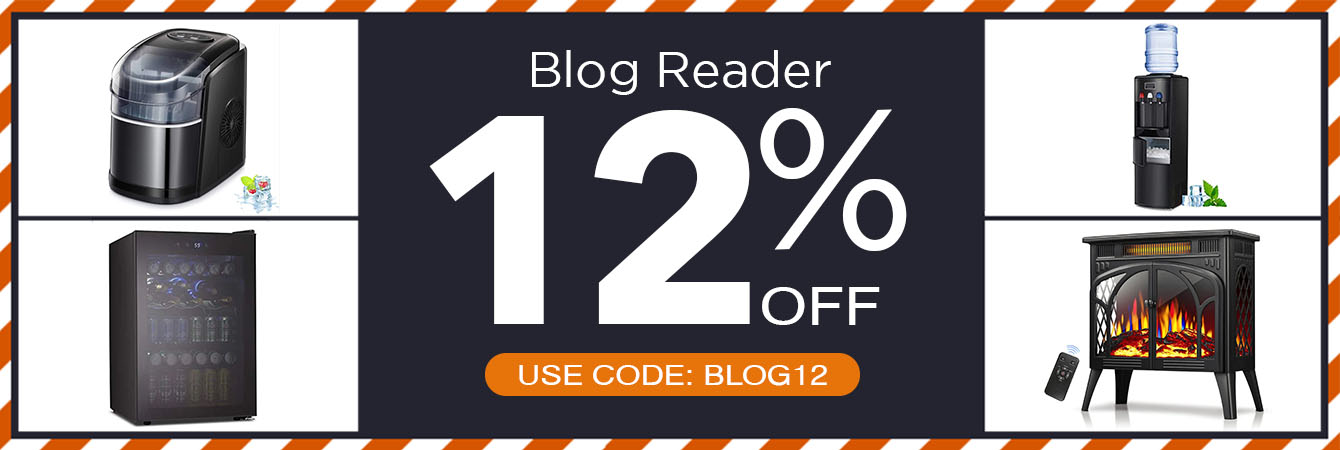How to solve the ice maker full alarm:10 steps ( with pictures)
The possible reasons for the ice maker displaying "full ice, not making ice" are numerous and can be broadly categorized into three types:
1.Partial Pipeline Blockage:
Condensate pipe blockage: If the condensate pipe of the refrigerator is blocked, it can prevent condensate water from draining out, leading to the ice maker displaying that the fridge is full of ice.

Outlet blockage: The drainage pipe is an essential channel for emptying ice blocks from the ice maker. When the ice maker outlet is blocked, it can cause a malfunction in the refrigeration system, resulting in it no longer making ice. This is one of the common reasons for the ice maker not making ice and displaying "ice full." The solution is to clean the ice maker's outlet using warm water or a soft cloth. If this doesn't work, professional repair may be necessary.

Waterway blockage: The waterway of the ice maker may also be blocked, preventing water from entering the refrigeration system, thus preventing ice production. Check the waterway for blockages and clean if necessary.

2.Control System Malfunctions
Full ice sensor malfunction: The ice maker relies on sensors to detect the quantity and thickness of ice during operation. If the sensor malfunctions or is damaged, it can cause the ice maker to display "ice full."
Temperature sensor malfunction: Another reason for the ice maker displaying "ice full" and not making ice could be a temperature sensor malfunction. If the temperature sensor is faulty, the ice maker may think it has produced enough ice and stop working. The solution is to replace the temperature sensor.
Main control board malfunction: Damage to the main control board can result in error lights appearing on the machine panel, error messages being displayed, or other malfunctions.
3.Partial Component Damage:
Condenser malfunction: The condenser is a crucial component of the ice maker responsible for converting refrigerant from gas to liquid and dissipating heat. However, if the condenser temperature is unusually high, it can cause abnormal lights to illuminate.
Evaporator malfunction: The evaporator, as a core component of industrial chillers, can affect the operation of the entire unit when it malfunctions, reducing the efficiency of the chiller unit and causing frequent malfunctions.
Water pump malfunction: If the water pump of the ice maker malfunctions, water cannot enter the refrigeration system, preventing water from flowing into the ice tray for ice formation. The ice maker will indicate that the ice is full.

For each specific problem, there will be corresponding solutions:
1.For pipeline blockage, check and clear the condensate pipe. Pour a certain amount of hot water into the pipe or use a long, thin object to clear it. Vinegar can also be used for cleaning.’
2.For control system malfunctions, adjust the position of the ice maker sensor, ensure proper contact, and check for sensor damage. If damaged, replace the sensor. Check internal wiring for poor connections or damaged relays. If these issues are ruled out, the control board may be damaged, requiring professional repair
3.For component damage, check for faults in the condenser and evaporator by detecting any unusual odors or poor refrigeration effects. Prompt replacement is necessary if issues are found. If the water pump is not working or has low flow, check for blockages first. If none, the pump may need replacement if it's irreparable.
At the same time, for maintaining the long-term lifespan of the ice maker, it is particularly crucial to operate regular maintenance:
1.Cleaning the Ice Maker:
Regular cleaning of the ice maker is essential for maintaining its good operational condition. Before cleaning, it is necessary to unplug the power cord. Next, use warm water and soap to clean the exterior and internal components of the ice maker. Be careful not to use hard objects or abrasive cleaners to wipe the surface to avoid damage. After cleaning, dry any water residue and then plug in the power cord to resume usage.
2.Preventing Ice Buildup:
Extended use of the ice maker can lead to ice accumulation, which can affect its normal operation. In such cases, it is necessary to turn off the power, wait for the ice to melt, and then remove it. Additionally, before using the ice maker, ensure it is completely defrosted to prevent ice buildup. During operation, promptly remove the produced ice to prevent accumulation, reduce machine pressure, and avoid damage.
3.Replacing Components:
Over time, some components of the ice maker may become damaged or worn out, requiring timely replacement. Common replacement parts include water pipes, inlet solenoid valves, and ice-making plates. It is important to use replacement parts of the same specifications as the original to avoid affecting performance.
4.Avoiding Machine Overload:
During the operation of the ice maker, it is important to avoid overloading the machine. This requires ensuring that each ice-making cycle does not exceed the machine's capacity. If large quantities of ice are needed, it is advisable to make ice in batches to ensure ice-making effectiveness while protecting the ice maker.

These maintenance practices, when combined, can effectively maintain the long-term lifespan of the ice maker and ensure its reliable operation.




















